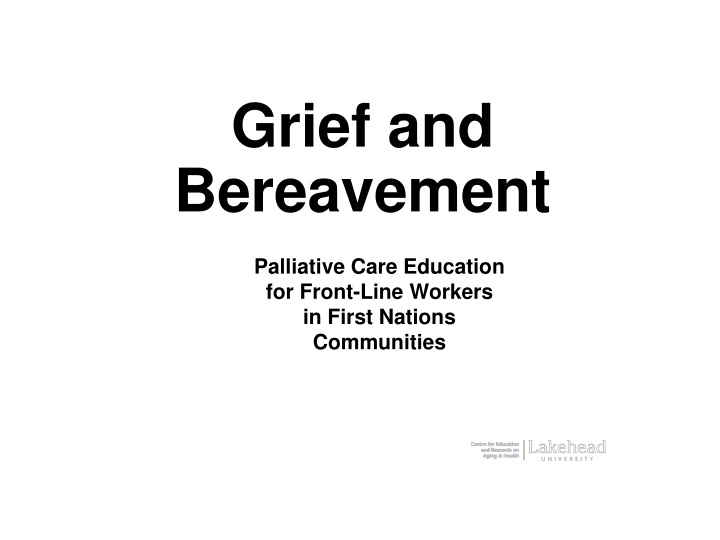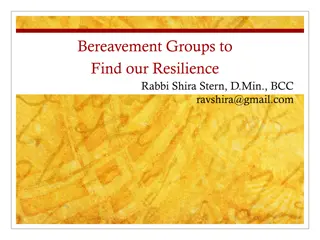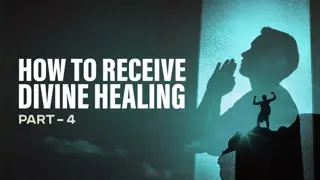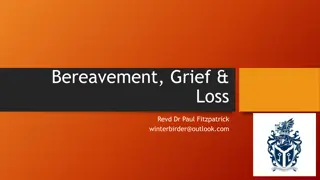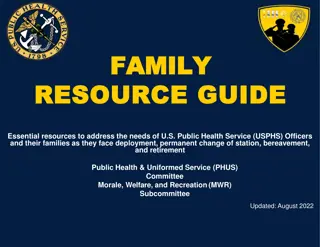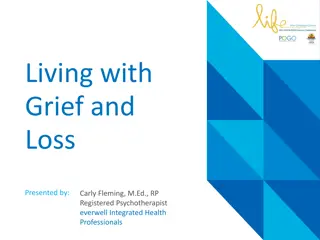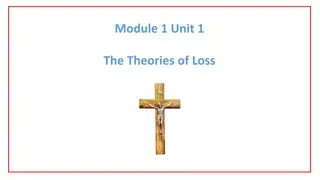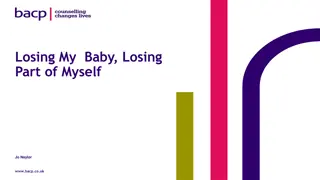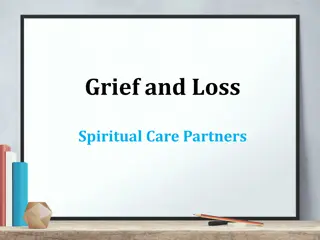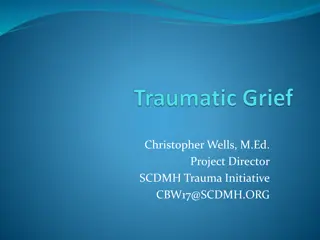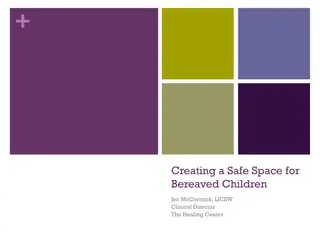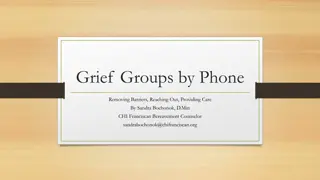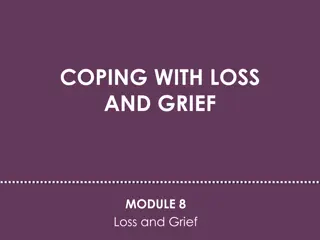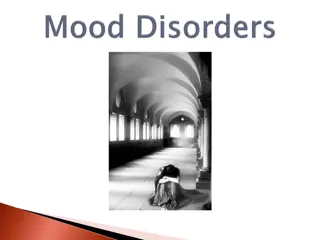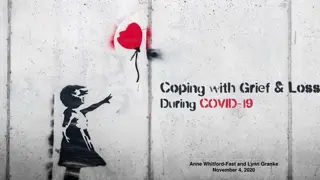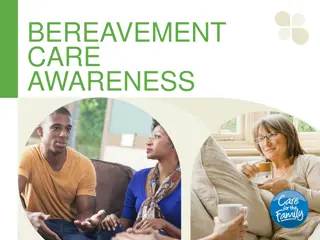Grief and Bereavement: Understanding the Dimensions and Tasks of Healing
Grief is a complex human experience impacting various aspects of life, including social, physical, cognitive, emotional, and spiritual domains. It involves a series of tasks such as accepting the loss, working through grief, adjusting to the absence, and emotionally relocating the departed. Grief is not something to be fixed but a personal journey of coping and remaking reality. Explore the depth of grief as a normal healing process through the lens of spiritual and emotional transitions.
Download Presentation

Please find below an Image/Link to download the presentation.
The content on the website is provided AS IS for your information and personal use only. It may not be sold, licensed, or shared on other websites without obtaining consent from the author.If you encounter any issues during the download, it is possible that the publisher has removed the file from their server.
You are allowed to download the files provided on this website for personal or commercial use, subject to the condition that they are used lawfully. All files are the property of their respective owners.
The content on the website is provided AS IS for your information and personal use only. It may not be sold, licensed, or shared on other websites without obtaining consent from the author.
E N D
Presentation Transcript
Grief and Bereavement Palliative Care Education for Front-Line Workers in First Nations Communities cerah.lakeheadu.ca
Grief is a total human experience impacts the following aspects of life: social physical cognitive emotional spiritual part of a normal healing process
Definition Grief is the complex set of responses to those losses which create the emotional and spiritual transitions of our lives Grief is most commonly thought of as a natural emotional reaction to loss
Four dimensions of grief 1. Feelings 2. Physical sensations 3. Cognitions 4. Behaviours Two other dimensions 5. Spiritual or philosophical 6. Interpersonal Worden 1991 Gilbert 2001
Grief Sometimes there is so much pain associated with grief people believe that grief is something that needs to be fixed or overcome. People often think that there is a right and wrong way to grieve.
Grief as a series of tasks Four tasks: 1. Accept the reality of the loss 2. Work through the pain of grief 3. Adjust to the environment in which the person who has passed is now missing 4. Emotionally relocate the person who has passed and move on with life Lindeman, 1944, Worden, 1991
Grief as an active process of coping directed at remaking reality Time in itself does not heal. It s what you do with the time that makes it meaningful.
Grief Grief may be viewed as a spiritual journey Grief is a uniquely personal experience
to lose someone you love is not like losing your car keys. It s like the laws of gravity have been repealed. We need to reclaim the law of gravity to survive - Peter Marris
In palliative care we speak primarily of two forms of grief Anticipatory Grief - grieving not only for what one has lost but for what one is about to lose Bereavement Grief - a healthy adaptive process in response to a death and its accompanying losses
Two perspectives of anticipatory grief The perspective of the individual who is passing. The perspective of others who care about the individual who is passing.
Anticipatory grief mourns for: Past the past that was shared and can never be regained Present the losses that occur and are experienced as a diminution, or end, of capabilities; the ongoing experience of erosion Future the losses of the anticipated death and such related losses as loneliness and events that will not be shared
A 3rd type of grief Disenfranchised grief the grief that people experience from a loss that is not, or cannot be, openly acknowledged, publicly mourned, or socially supported Doka, 1989
Some suggestions for living with grief (1 of 3) Proceed gently; don t rush too much; the body needs energy to repair Keep decision-making to a minimum; if possible, don t assume new responsibilities right away. Accept help and support when offered Ask for help Search for support from others; consider meeting new people
Some suggestions for living with grief (2 of 3) Be patient; healing takes time Lean into the pain; it cannot be ignored, it must run its course Crying does help Try to find (or schedule) comforting activities during the holiday times Look for help from a spiritual advisor or counsellor.
Some suggestions for living with grief (3 of 3) Get enough rest Try to eat balanced meals; good nutrition is important in the healing process Keep a journal Read Moderate exercise helps work off frustration and promotes sleep Don t feel guilty when enjoying good times with family and friends
Attitudes toward grief support Your behaviour and attitude are more important than your words Be aware of your own feelings and how you deal with loss and passing.
Ways to offer support (1 of 3 ) Be comfortable with expressions of emotion; remember emotions are NOT rational, they just are Be patient; your willingness to spend the time to listen is what counts most Support their pain; don t overprotect or hurry people Encourage active participation in the care of the person who is very sick.
Ways to offer support (2 of 3) Accept and do not judge family members who cannot bring themselves to be present Help people find their own answers to problems Listen without judging, and allow family members to voice concerns or tell stories
Ways to offer support (3 of 3) Remember you are not responsible for making it better Be clear on what you can offer; follow through on commitments Be aware that culture, religion and family background will affect people s grief process Learn to recognize grieving difficulties
Grief only becomes a tolerable and creative experience when love enables it to be shared with someone who really understands Simon Stephens
